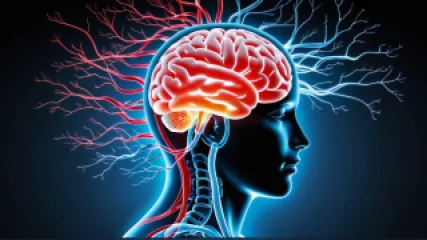Mastering Memory Techniques: The Ultimate Guide to Boost Brain Function
1 year ago
Improving Memory Techniques
Top 10 Counseling Options for Mental Health After Bullying
1 year ago
Bullying Effects
Inside the Mind of a Workaholic: A Personal Journey of Therapy for Workaholism Recovery
1 year ago
Workaholism
Mastering Empathetic Listening Techniques: A Step-by-Step Guide
1 year ago
Expressing Feelings Effectively
Exploring the Power of Narrative Therapy Techniques
1 year ago
Narrative Therapy
My Top Cognitive Enhancement Strategies for Improved Concentration
1 year ago
Enhancing Concentration
Exploring the Psychology of Humor Through Book and Movie Characters
1 year ago
Psychology of Humor
The Ultimate Guide to Understanding the Psychology of Sustainability for Holistic Therapy Advocates
1 year ago
Psychology of Sustainability
How to Prepare for a Social Skills Workshop
1 year ago
Social Skills Training
Top 10 Child Resilience Building Resources
1 year ago
Child Resilience Building
Understanding Therapy Basics: A Step-by-Step Guide
1 year ago
Therapy Basics
Mastering Work-Life Balance as a Digital Nomad: A Step-by-Step Guide
1 year ago
Digital Nomad Psychology














